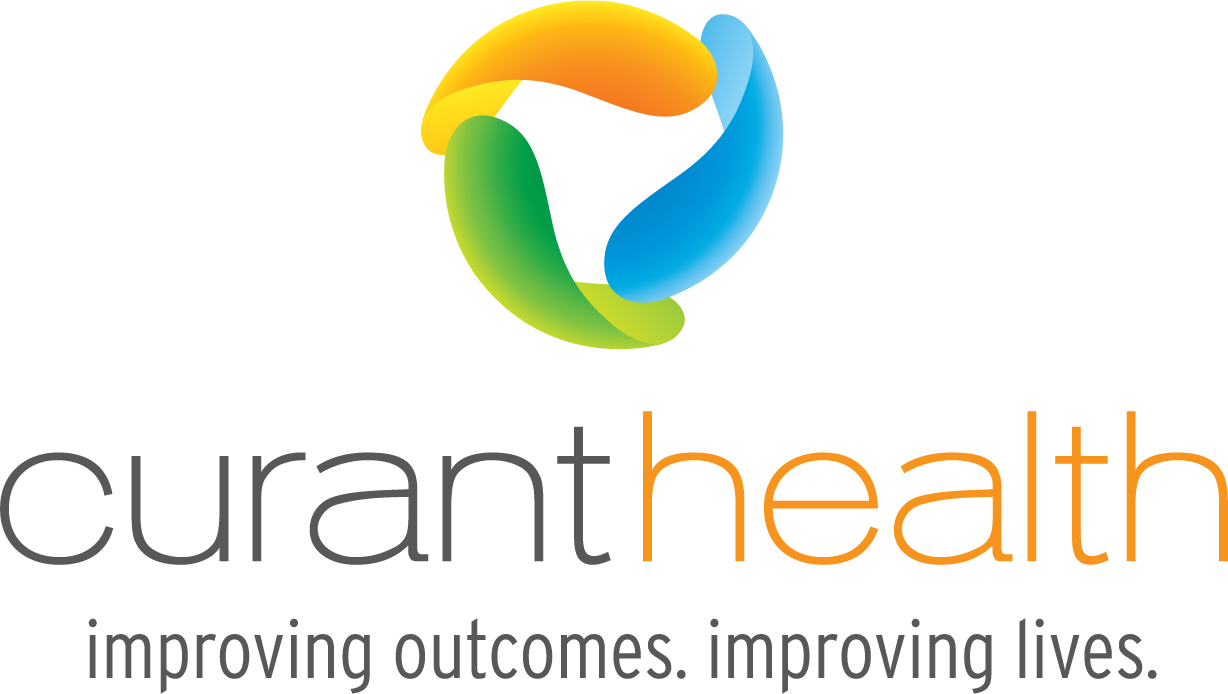There are a number of items that influence medication spend, including specialty drug costs, medication adherence and patient outcomes. However, there’s another item out there that may be driving up medication cost unnecessarily.
What we know
There are 3 well-known drivers that contribute to medication spending in the U.S.:
Massive increase in number and cost of specialty medications
According to a recent presentation delivered to the Pharmaceutical Care Management Association (PCMA) by Doug Long, vice president of industry relations for IMS Health, spending on specialty medications increased 12.3% to $411 billion in moving annual total as of September 2015. Hepatitis, diabetes and oncology drugs are the primary drivers.
The backlog of generics waiting for FDA approval
According to a recent report from The Pew Charitable Trusts, “Utilization rose by 5.8% in 2014 because of increased use of existing drugs and the introduction of new pharmaceuticals. In 1990, only 10 specialty drugs were on the market. Currently, approximately 300 such drugs are on the market, 19 of which became available in 2014 alone. And nearly 700 specialty drugs are under development.”
Medication nonadherence
According to a report from the Centers for Disease Control and Prevention, medication nonadherence accounts for $100 billion to $289 billion in wasted healthcare spending every year.
Prior authorizations
Even with these factors identified as the top influences on medication spend, the varying lengths and complexity levels of the prior authorizations can also have a serious impact on healthcare spending.
Just as there’s been an increase in the number of specialty drugs, there has been a corresponding increase in the number of prior authorizations required by payers and PBMs. While this is understandable, the responsibility to set aside time to complete these forms falls to the prescribers and clinicians.
Furthermore, some prior authorization forms stretch out over 10 pages or more. This forces the clinical party to decide whether or not they have time to complete another administrative task or serving their patients.
No matter how you look at it, when it comes to (1) the time needed to complete prior authorizations, (2) who is actually available to complete multiple prior authorizations requests, and (3) how complex and reoccurring these prior authorizations can be, the process becomes overwhelming and costly for all.
What’s the solution? Read Curant COO Marc O’Connor’s article on top factors that influence medication spend in Managed Healthcare Executive.
Want to continue the conversation on factors that impact medication spend? We’d love to hear from you! Send us an email.
